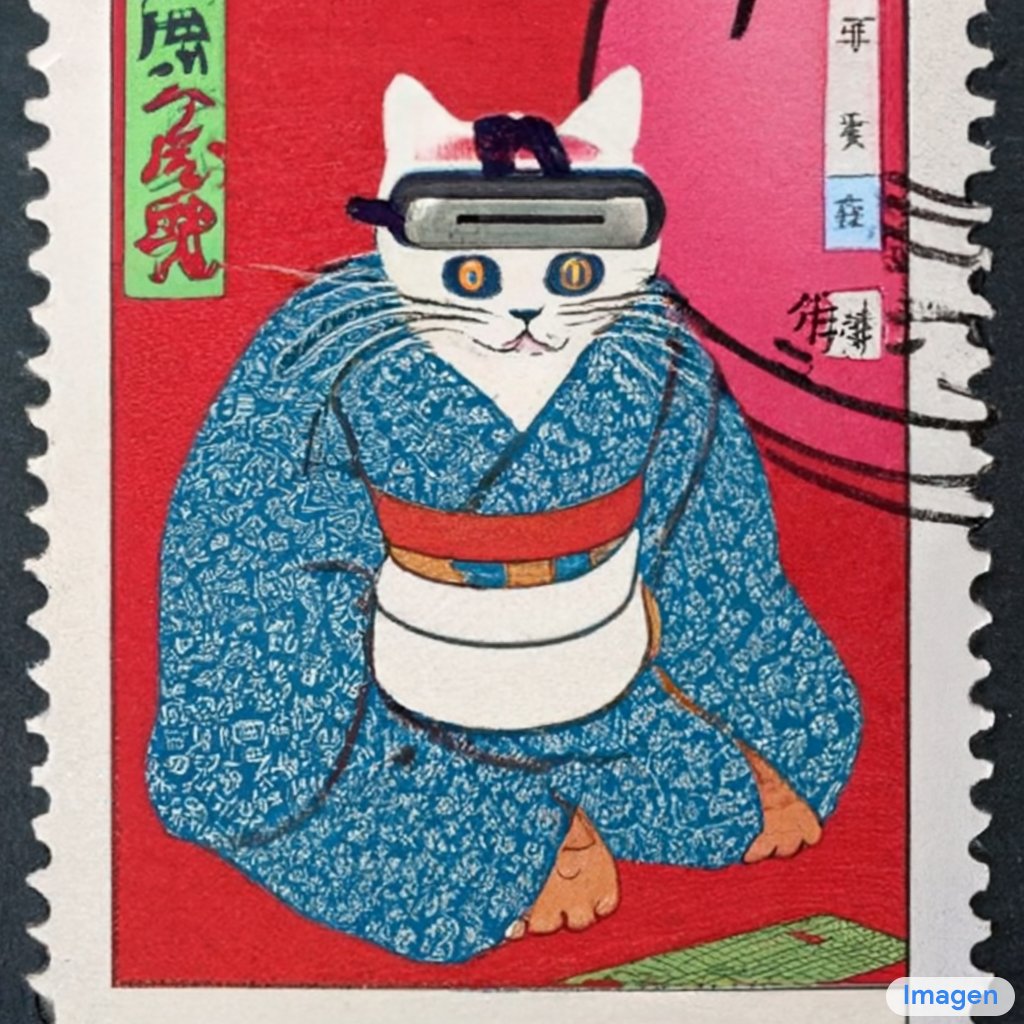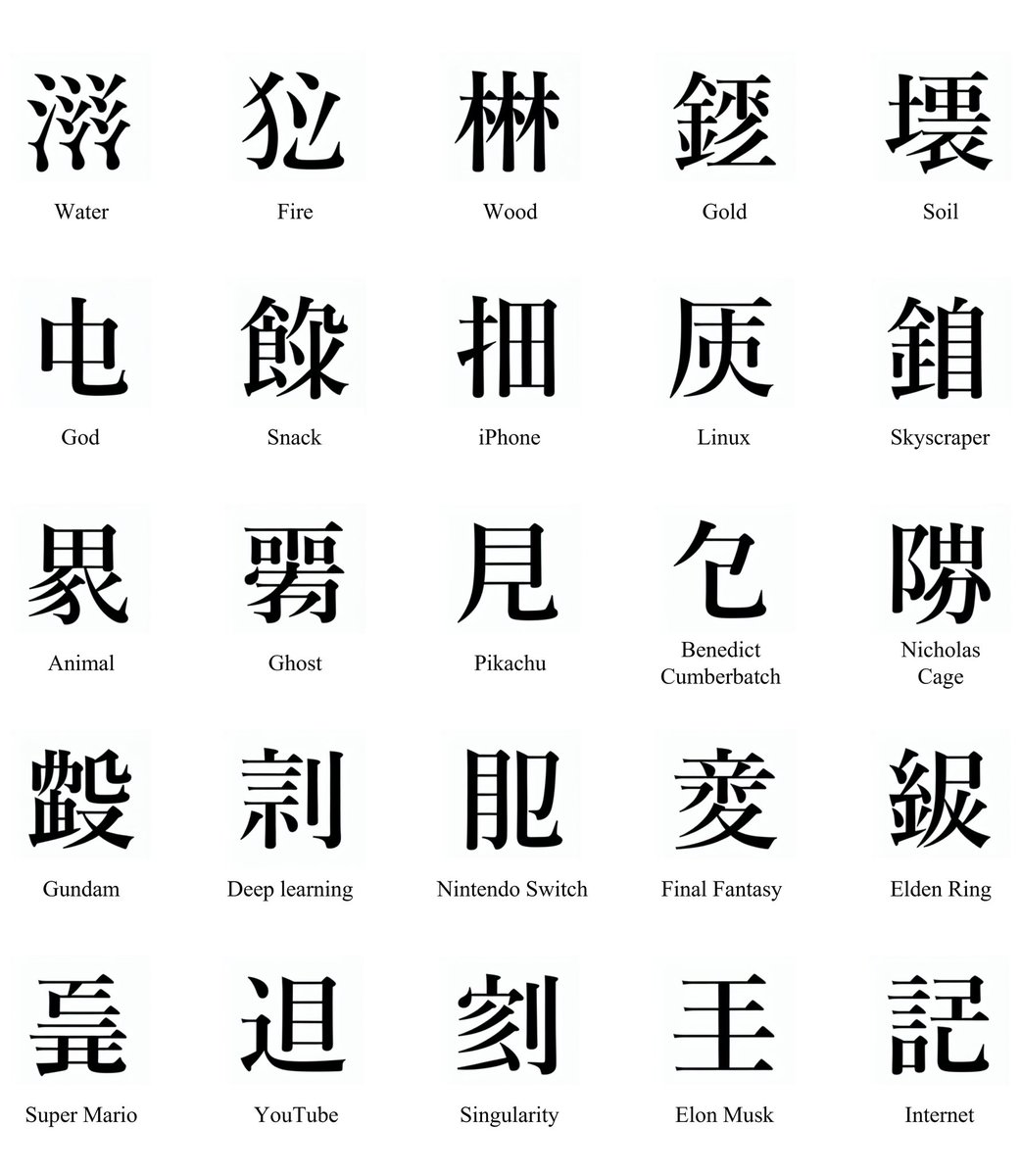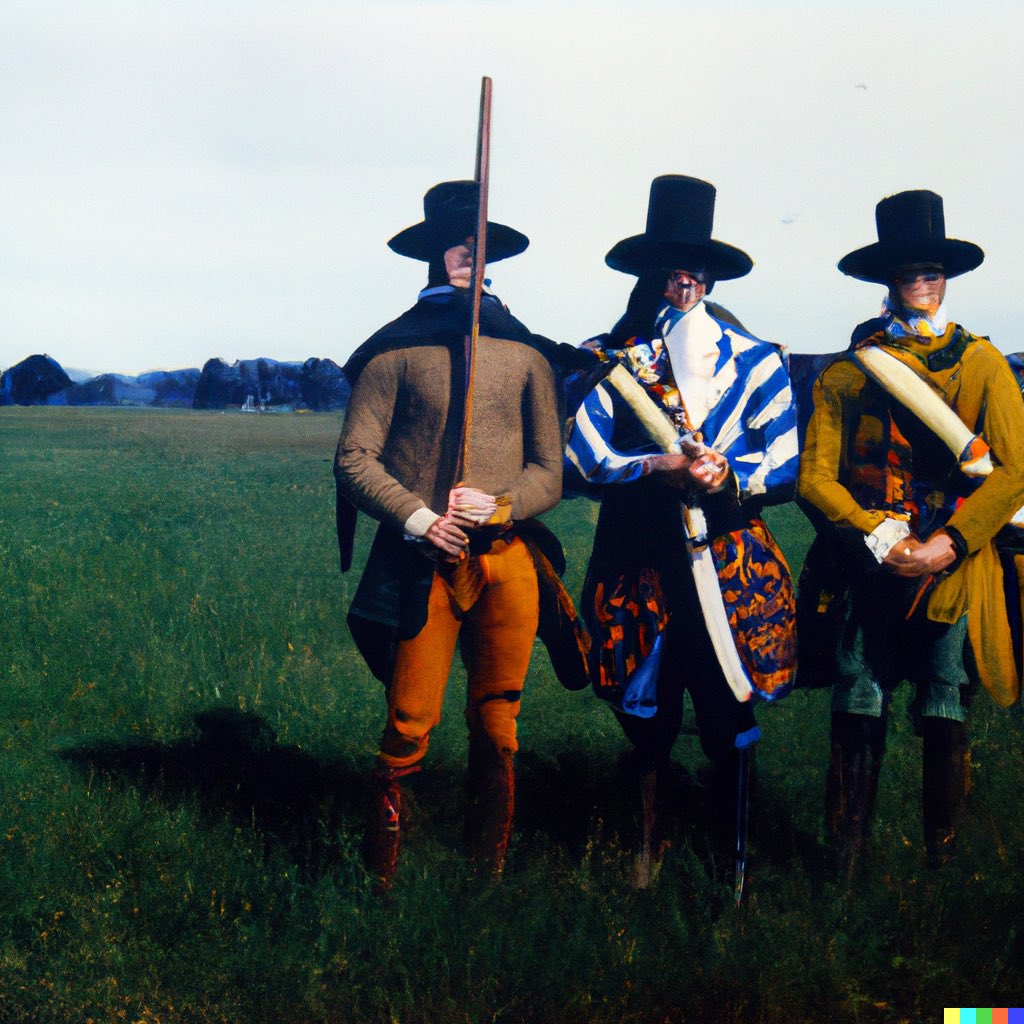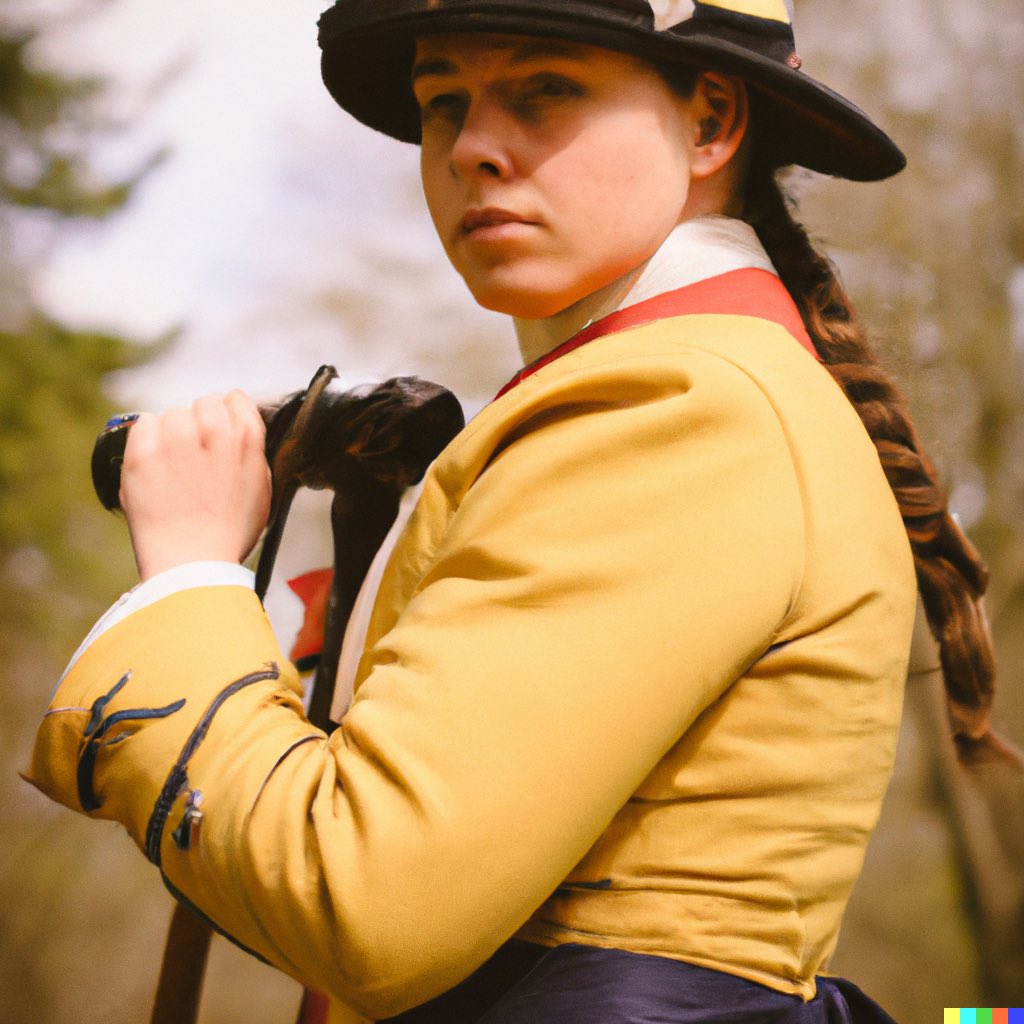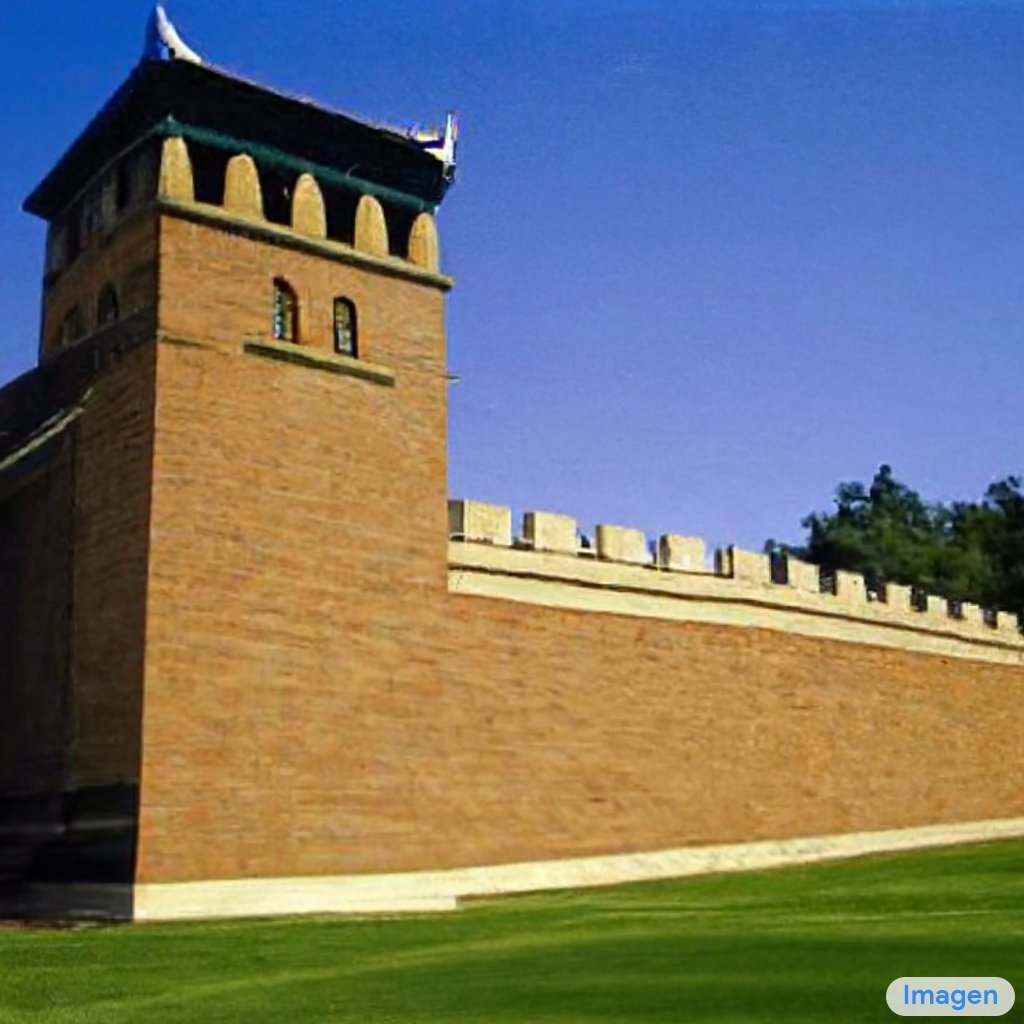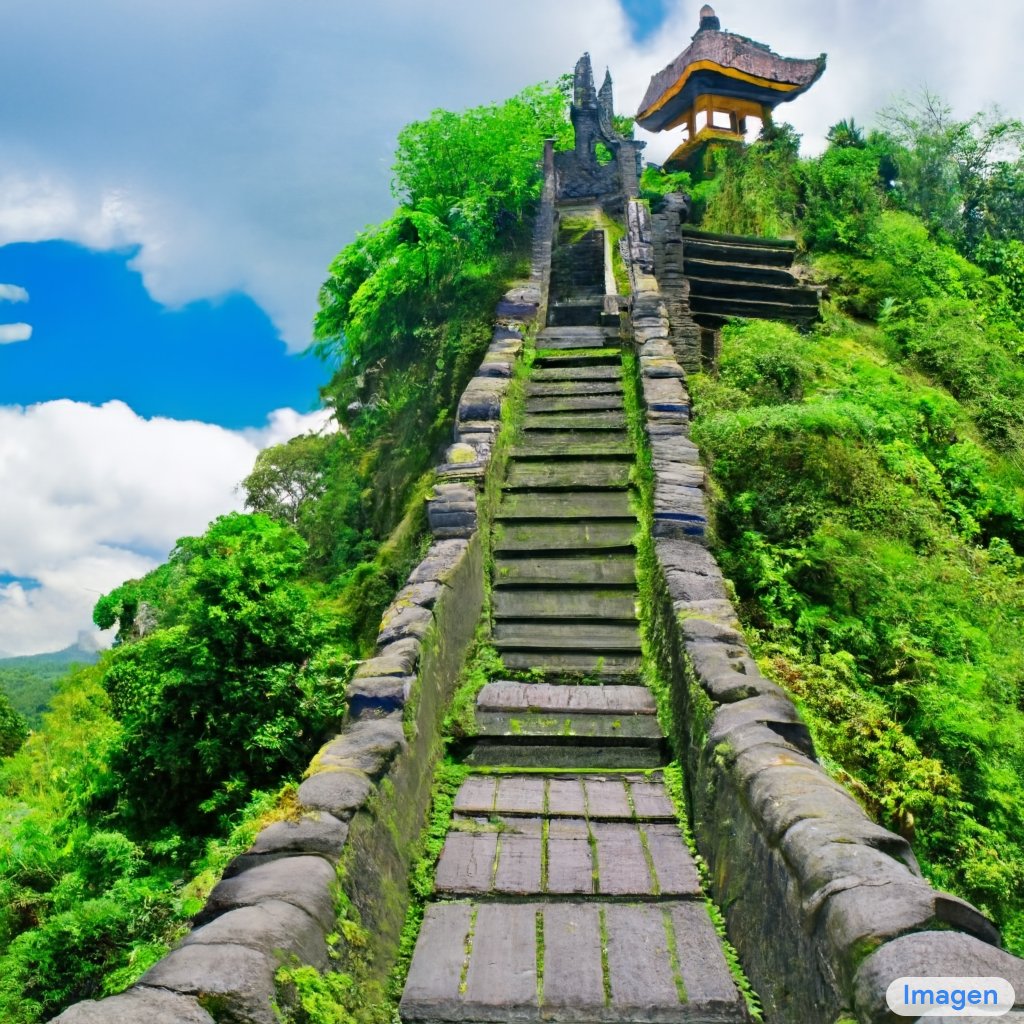Tried to use #Imagen to generate collectable Japanese postage stamps about VR cats. I love these results!
“Ukiyo-e painting of a cat hacker wearing VR headsets, on a postage stamp” ❤️

“Ukiyo-e painting of a cat hacker wearing VR headsets, on a postage stamp” ❤️
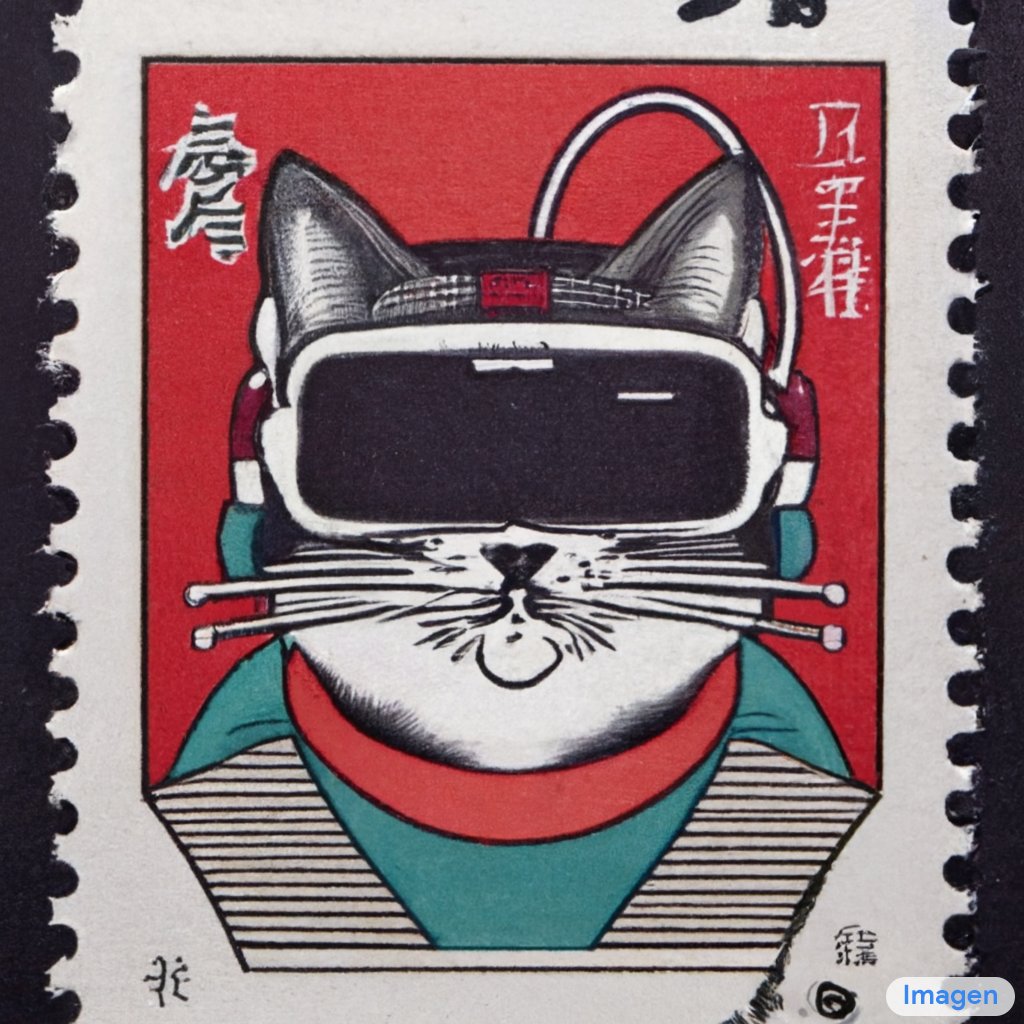

MidJourney version:
https://twitter.com/wichmaennchen/status/1536258962730926080
“Ukiyo-e painting of a cat hacker wearing VR headsets, on a postage stamp” generated using #dallemini #dalle 

“Ukiyo-e painting of a cat hacker wearing VR headsets, on a postage stamp” generated using #dalle2 #dalle
https://twitter.com/danielbln/status/1536276920152768513
My set of #Dalle stamps.
“Ukiyo-e painting of a cat hacker wearing VR headsets, on a postage stamp” generated using #Dalle2
“Ukiyo-e painting of a cat hacker wearing VR headsets, on a postage stamp” generated using #Dalle2

• • •
Missing some Tweet in this thread? You can try to
force a refresh




